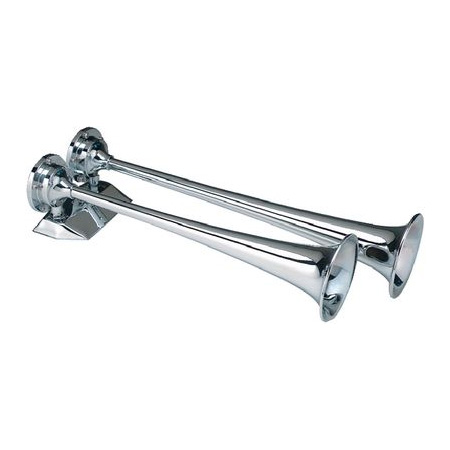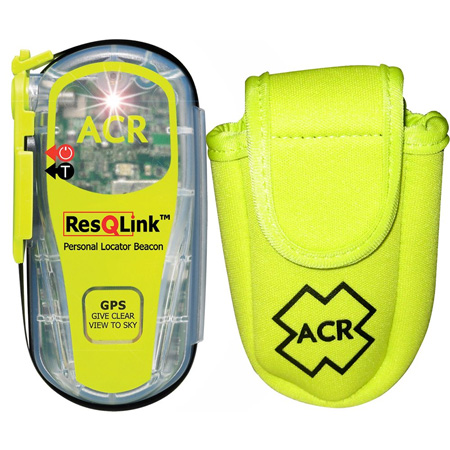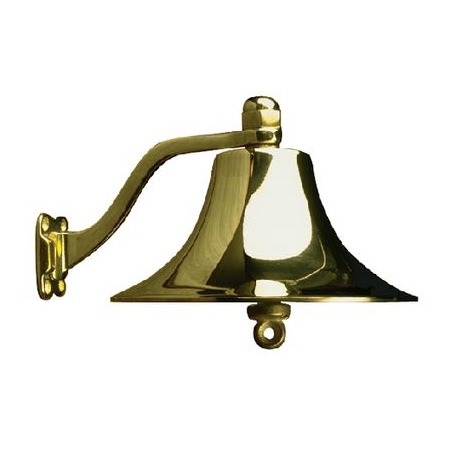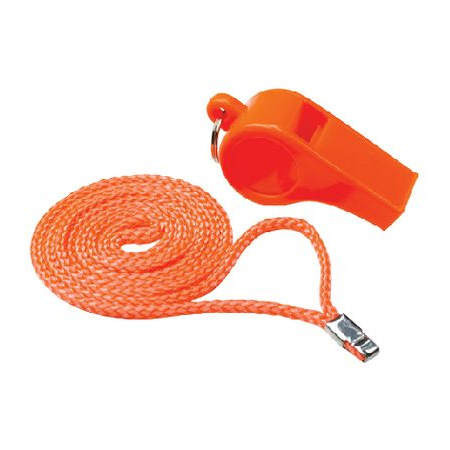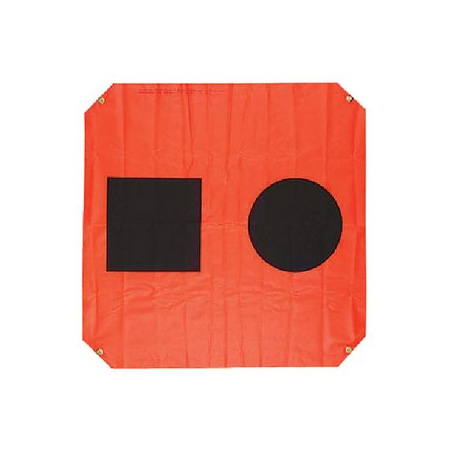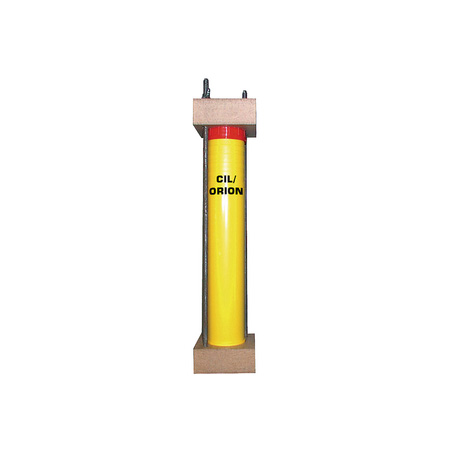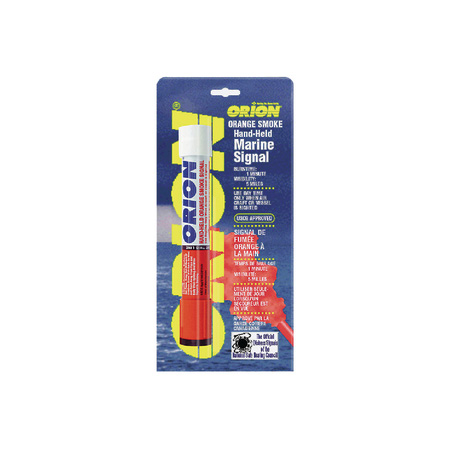Signal Devices - Horns, Safety Whistles, Flags
Signal Devices - Boat Horns, Safety Whistles, & Signal Flags How-Tos
Infographic For Boat Navigation and Horn Sounds (Inland)
Visual aid on navigating my boat around another boat while in motion on the water. Conditions discussed are Head-On, Overtaking and Crossing situations inland.
When navigating inland, it is important to understand the intentions of each boater. Where are they going? What way are they going to turn their boat? And, what can I do to ensure the safety of passengers on my boat and the other boat? Navigation rules are the laws that set for steering or sailing on the water. These rules discuss the primary responsibility of each vessel and their role in communication.
The rules on inland water are different from international waters. For example, when boating on inland waters, sound signals are giving your intent. Whereas, boating in international waters, sound signals are defining action.
It's always best to have someone watch for potential dangers or problems that can appear from any direction. It's important to travel at a safe speed where speed is not regulated by a buoy. And, at all costs, makes sure you do everything possible to avoid a collision on the water.
The infographic on boating navigation discusses the actions one should take when they encounter another boat while cruising the water. The most common situations would be overtaking, head-on, and crossing the path of another boater. There are two terms for each boat: the give-way boat and stand-on boat. The give-way boat is required to yield to the stand-on boat and the stand-on boat should maintain its course and speed.
In an overtaking situation, the give-way boat is coming from behind at a greater speed. In this case, the give-way boat would give two, one-second honk of the horn telling the stand-on boat that they are going to maneuver around the stand-on boat to the left. If the give-way boat is going to maneuver to the right of the stand-on boat, they would give one, one-second honk on the horn to indicate their intentions.
In a head-on situation, the preferred way to pass is a port-to-port passing. However, in some cases a starboard-to-starboard pass would be just as acceptable. The boater's intent will be communicated by a horn blast. To pass another boat port-to-port side, sounding one, one-second blast with your horn will show the other boater your intent is to pass port-side. If you are passing starboard-to-starboard, two, one-second blasts will indicate starboard passing.
Be safe on the water and have a good time while boating. Be sure to remember these navigation rules when boating on inland waters.

Distress Signals on the Water
What would you do if you were stranded off shore and needed some help? What if you were miles and miles away from any land? This is why there are several different options for distress signals that you can use, if they are available. Not everyone will have all types of signals. Having a radio to contact someone would be the best, but not all vessels will have one. The first two, you probably, will never be without. Waving your arms until you grab someones attention. This, obviously will only work if your are close to shore or have other vessels close by. The second is Fog horns continuously sounding. Now you may not have a fog horn on your boat, but that is what the boat horn is for. Almost every boat will have one. This should work farther away from shore, but not by much. But that is why they tell you to do it continuously.
Now another signal for others, if your boat is on fire, would be the flames and smoke. Hopefully someone passing who sees smoke is nice enough to come help with fire extinguishers or to get the proper help. But flames and smoke is pretty hard to miss.
There are several other items that should be on your boat at all times. Better to have and not need, then to need and not have. Flags, either an orange flag with a black square and a black circle, or a black square flag and ball. A flare gun or dye in the water.
You can also have person tracking beacons called EPIRBs on hand. If your curious as to what an EPIRB is, click hereto learn all about them. All you have to do is switch one of these puppies on and wait.
There are more you can do, Moarse Code, flashlights, other flags, radio transmissions, but we just wanted to highlight a few. Hopefully none of you will ever have to use these signals, but its always nice to know and have. Good luck and happy boating everyone!!

